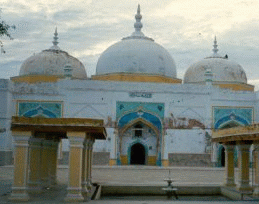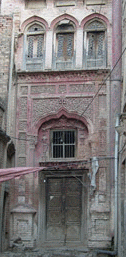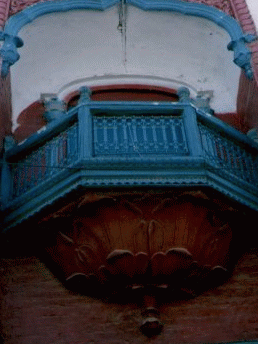Some introduction about bhera







Bhera city is a historical place of pakistan. Situated at the bank of river Jehlum.
Find Out More Purchase ThemeLorem ipsum dolor sit amet, consectetur adipiscing elit. Praesent feugiat tellus eget libero pretium, sollicitudin feugiat libero.
Read MoreLorem ipsum dolor sit amet, consectetur adipiscing elit. Praesent feugiat tellus eget libero pretium, sollicitudin feugiat libero.
Read MoreLorem ipsum dolor sit amet, consectetur adipiscing elit. Praesent feugiat tellus eget libero pretium, sollicitudin feugiat libero.
Read MoreLorem ipsum dolor sit amet, consectetur adipiscing elit. Praesent feugiat tellus eget libero pretium, sollicitudin feugiat libero.
Read MoreCurly is an extraordinary, awesome Theme, I would recommend this Theme to anyone for their next project. Go ahead and download it now!
The good times are for those who take action. Curly is a simple and easy to use template for creative people. Download this theme and give it a try!
Awesome theme! Lorem ipsum dolor sit amet, consectetur adipisicing elit. Accusamus incidunt possimus eveniet aperiam, minus deleniti iure ipsa praesentium amet, labore voluptatum fugit earum, porro non sequi sint soluta reprehenderit ad?




Lorem ipsum dolor sit amet, consectetur adipisicing elit. Dolores iusto fugit esse soluta quae debitis quibusdam harum voluptatem, maxime, aliquam sequi. Tempora ipsum magni unde velit corporis fuga, necessitatibus blanditiis.
9983 City name, Street name, 232 Apartment C
Monday - Friday from 9am to 5pm
595 12 34 567